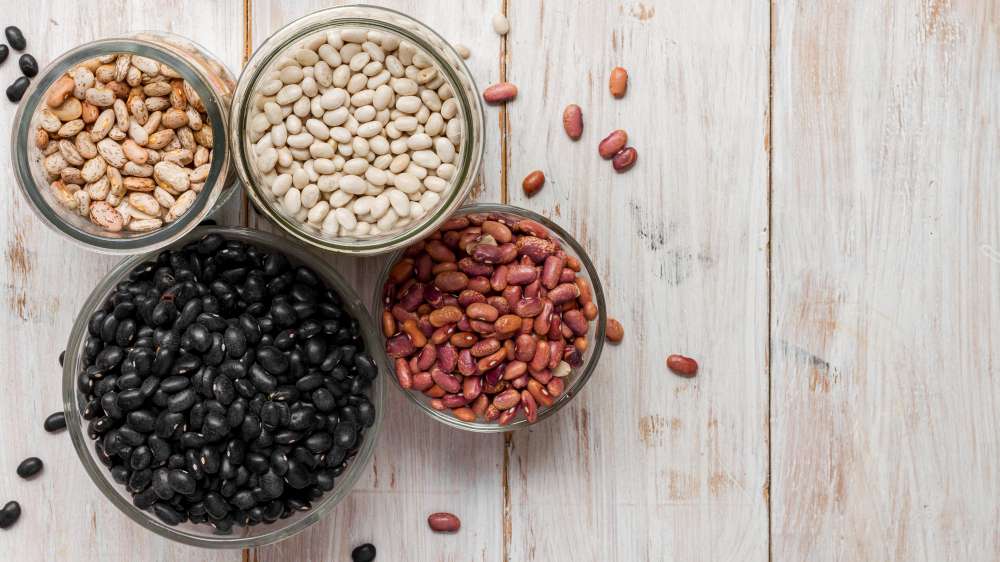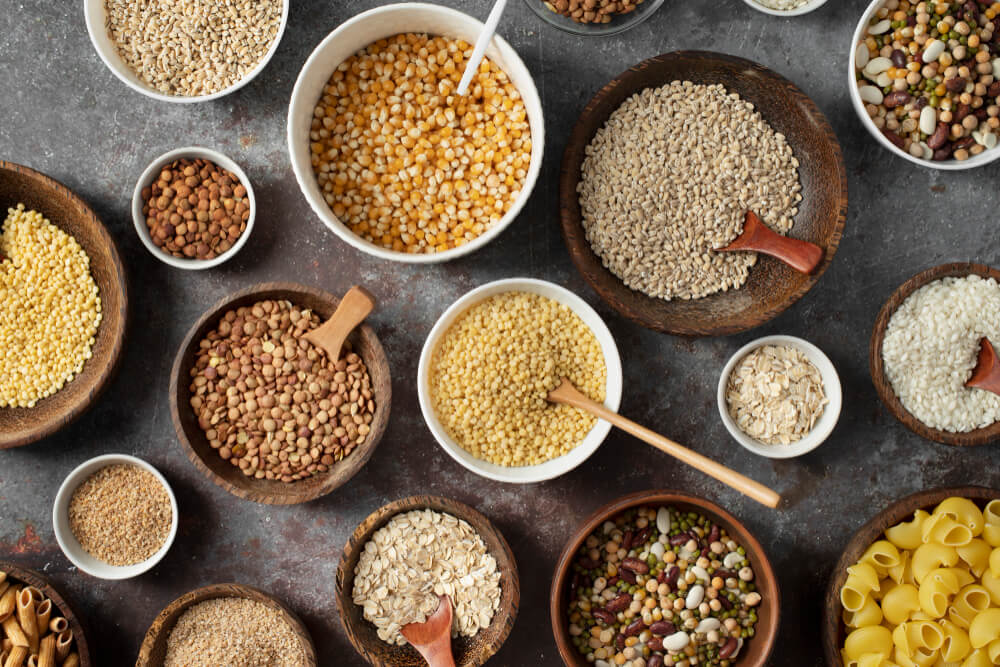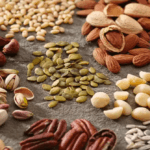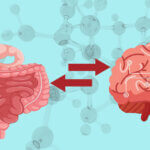Overview of Dietary Choices for Movement Disorders
Managing movement disorders is challenging, impacting one’s quality of life significantly. Coming from the Experts in Neurological Surgery Department at Jaslok Hospital, the best movement disorder hospital in Mumbai this article explores the top 10 foods that can complement medical treatments in addressing these disorders. While not a standalone solution, these dietary choices provide essential nutrients, reduce inflammation, and promote well-being. Whether you or a loved one is dealing with a movement disorder, understanding the role of these foods include in a diet for treating movement disorders in supporting the nervous system and improving control over movements can be a valuable step toward better health.
Top 10 Foods to Include in a Diet for Treating Movement Disorders
In managing movement disorders, foods to include for treating movement disorders can be beneficial. Fatty fish like salmon and mackerel, leafy greens, and berries provide essential nutrients and antioxidants for brain health. Nuts, seeds, and lean proteins support muscle function, while legumes help stabilize blood sugar levels. Whole grains offer sustained energy, avocados supply healthy fats, and Greek yogurt promotes gut health. Turmeric, a potent anti-inflammatory spice, can reduce inflammation. Including these foods in your diet for treating movement disorders can complement treatments and enhance your overall well-being when dealing with movement disorders.
Fatty Fish Rich in Omega-3 Fatty Acids
Fatty fish, such as salmon and mackerel, are like health boosters for your body. They’re rich in omega-3 fatty acids for treating movement disorders, which are like super nutrients. These special fats can do wonders, especially if you’re dealing with movement disorders. They work by reducing inflammation in your brain, which can be a big problem when you have these conditions. So, by eating more fatty fish, you’re giving your brain the tools it needs to feel better and function better. It’s like giving your body a healthy treat to help it heal.
Leafy Greens Packed with Essential Nutrients
Leafy greens food for movement disorders, such as spinach and kale, are like little powerhouses of goodness. They’re packed with all the important stuff your body needs to stay healthy. These greens are loaded with vitamins and minerals that your nerves and muscles really appreciate. When you have movement disorders, keeping your nerves and muscles in good shape is vital. That’s why eating leafy greens is such a smart choice. They give your body the nutrients it craves to keep things running smoothly, almost like giving your body a superhero costume in treating movement disorders.
Colorful Berries Loaded with Antioxidants
Berries, like blueberries and strawberries, are one of the top foods for movement disorders – they’re full of powerful stuff called antioxidants. Antioxidants are like the superheroes of the food world, especially if you’re dealing with movement disorders. They act as guardians for your brain cells, shielding them from harm. Movement disorders can sometimes cause stress to your brain, and these colorful berries come to the rescue by reducing that stress. So, every time you enjoy a handful of berries, you’re giving your brain a boost and helping it stay strong and healthy.
Nuts and Seeds for Brain Health
Nuts and seeds are like the brain’s loyal assistants. They’re the trusty sidekicks in your journey for movement disorder treatment. Packed with vitamin E and omega-3 fatty acids, they’re akin to the brain’s personal assistants, tirelessly working to keep it sharp and strong. So, whenever you enjoy these wholesome nuggets, you’re essentially granting your brain a promotion, empowering it to excel in its mission to conquer the challenges of movement disorders, almost like giving it a key to unlock its full potential.
Lean Protein Sources for Muscle Function
Lean protein sources are like the builders and repair crews for your muscles. When you’re dealing with movement disorders, keeping your muscles strong and functional is essential. That’s where lean proteins, such as chicken, tofu, and beans, step in. They provide your muscles with the necessary tools to work their best. Think of them as the architects behind your muscles’ strength, ensuring they stay in good shape and help you move more smoothly, despite the challenges of movement disorders treatment. So, when you include these protein sources in your diet, you’re essentially giving your muscles the support they need to thrive.
Legumes for Stable Blood Sugar Levels
Legumes are like the blood sugar stabilizers of your diet. When you’re managing movement disorders, keeping your blood sugar levels steady is important. Legumes, including lentils and beans, play a vital role here. They release energy slowly, preventing the ups and downs in blood sugar that can worsen your symptoms. Think of them as the steady hand on the blood sugar wheel, ensuring your energy remains consistent, making it easier for you to cope with movement disorders. So, including legumes in your meals is like giving your body a reliable fuel source for a smoother journey.
Whole Grains for Sustained Energy
When dealing with movement disorders, having a steady supply of energy is vital. Whole grains for treating movement disorders, like oats and quinoa, are your energy reservoir keepers. They release their energy gradually, preventing abrupt energy dips that can exacerbate symptoms. Think of them as the patient caretakers of your energy levels, ensuring they remain reliable and constant. By incorporating whole grains into your meals, you’re essentially providing your body with an unwavering source of energy, which can greatly assist in managing the demands of movement disorders.
Avocados for Healthy Fats

Greek Yogurt for Probiotics and Protein
Doctors at our best movement disorder center in Mumbai say that Greek yogurt is like a nutritional powerhouse offering a two-in-one benefit for your health: probiotics and protein. In the realm of movement disorders, maintaining a healthy gut is crucial. Greek yogurt contains probiotics, which are like the guardians of your gut, ensuring its equilibrium and indirectly aiding your nervous system. Additionally, it’s packed with muscle-loving protein. So, every spoonful of Greek yogurt is akin to fortifying your gut and muscles, providing you with added support in navigating the intricacies of movement disorders.
Turmeric: A Powerful Anti-Inflammatory Spice
Turmeric is the spice that packs a powerful punch against inflammation. Even when dealing with movement disorders, turmeric can be your secret weapon. It contains curcumin, a best compound that fights inflammation throughout your body, including in your brain. It’s like having a natural anti-inflammatory champion by your side, soothing and supporting you as you navigate the complexities of movement disorders. So, including turmeric in your meals is like bringing a healing warrior into your diet, ready to take on inflammation and promote your overall well-being.
Discover the benefits of exercise for managing movement disorders in our recent blog post: How Exercise Can Help Movement Disorders
In conclusion, when dealing with movement disorders, your diet can be a powerful ally. The top 10 food tips for movement disorders we’ve explored, from fatty fish to turmeric, offer vital support. While not a standalone solution, they complement treatments by providing nutrients, reducing inflammation, and aiding overall well-being. Remember, your condition is unique, so consulting with a healthcare professional or dietitian is crucial for a tailored plan. By embracing these foods, you’re taking a proactive step toward better health, making your journey to manage movement disorders a bit smoother and more nourishing.













